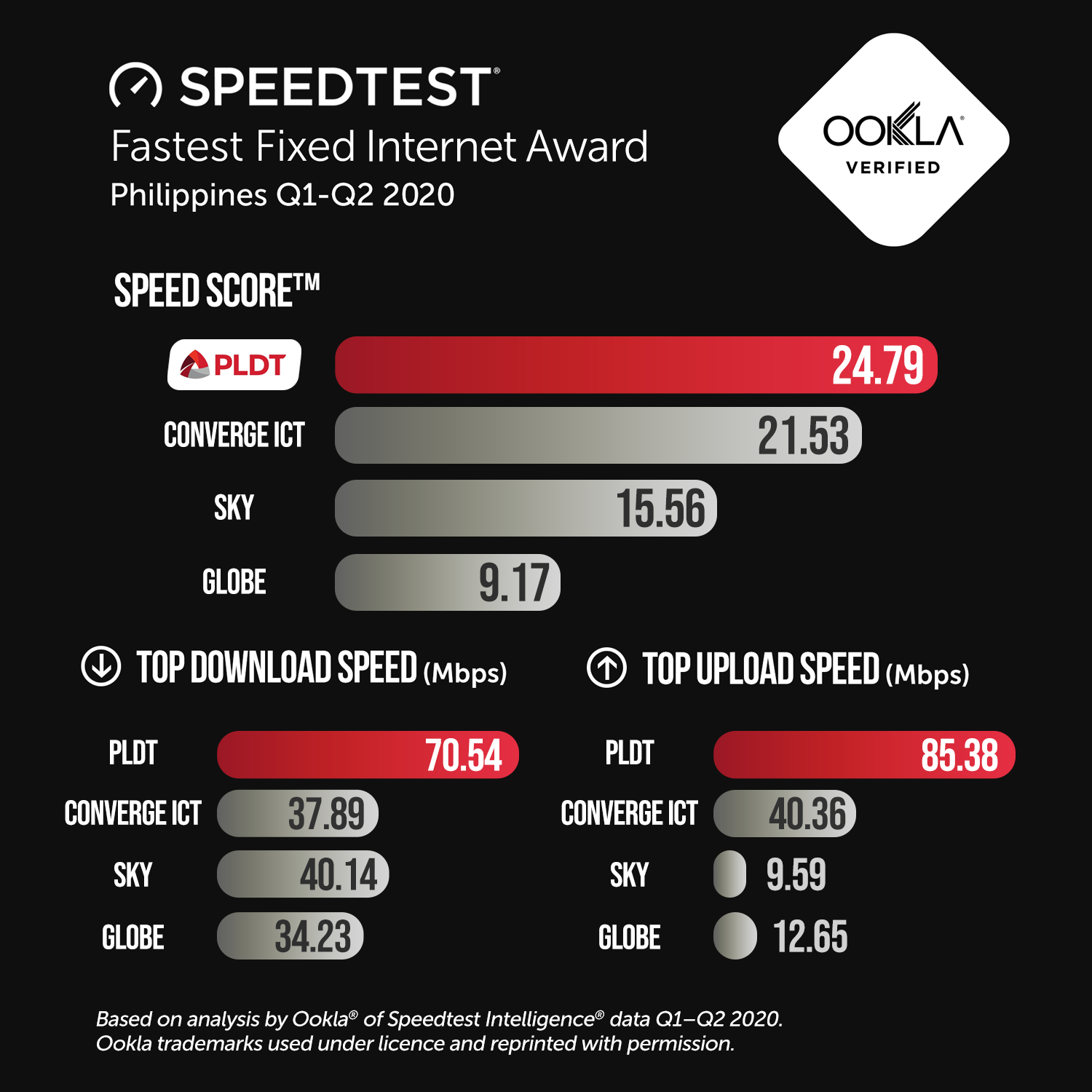

UK 5G Speeds (Median) by Operator – H1 vs H2 2022 In fairness, mmW requires costly network densification and does little to improve coverage, so demand for it is usually muted.

Some of the fastest countries above have deployed a lot of higher frequency mmWave bands too, but Ofcom is still playing catch-up. On top of that, there’s the fact that some regulators have been slow to release new radio spectrum frequency to fully harness 5G (more spectrum tends to improve performance and coverage). As too will the fact that rising adoption of 5G services will inevitably place more demand on network capacity which, if not adequately managed, can lead to congestion. diverting resources to a wide scale rip-out-and-replace programme), will have also had an impact. The UK government’s decision to ban network kit from Huawei over security concerns, which came just as the initial 5G rollout was getting into its stride (i.e. But with 5G it’s been the other way around. For example, the UK was late to the party with 4G, but we did quite well with speeds due, in part, to the greater maturity of the network being deployed. Firstly, there’s the fact that early adopters sometimes pay a price because the network kit they deploy isn’t as advanced as what late adopters may be able to harness.


 0 kommentar(er)
0 kommentar(er)
